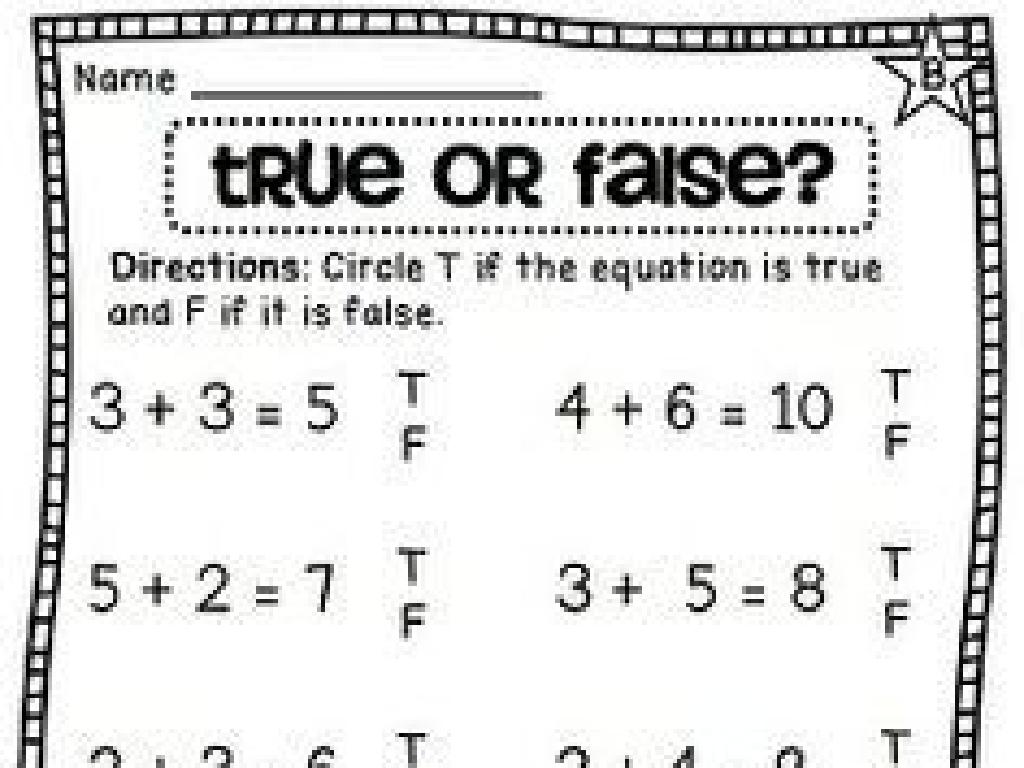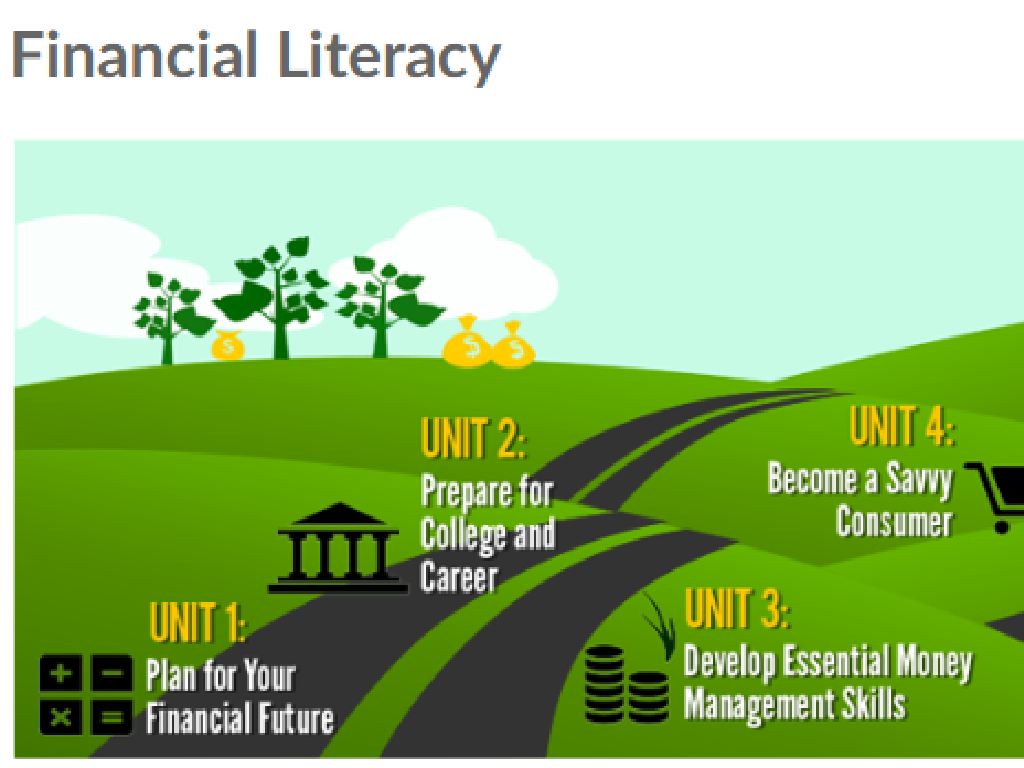Choose Between The Past Tense And Past Participle
Subject: Language arts
Grade: Fourth grade
Topic: Identify The Irregular Past Tense
Please LOG IN to download the presentation. Access is available to registered users only.
View More Content
Past Tense vs. Past Participle
– Verbs represent actions in time
– Past tense: action completed in the past
– Examples: ‘walked’ (past tense of walk), ‘ran’ (past tense of run)
– Past participle: used with ‘have’ for perfect tenses
– Examples: ‘have walked’ (past participle), ‘have run’ (past participle)
– Recognizing the difference is key
|
This slide introduces the concept of verbs as words that show actions in different times. The past tense is used to describe actions that were completed in the past, often ending in -ed for regular verbs. The past participle is a form of the verb used with ‘have’ to form perfect tenses and can be the same as the past tense for regular verbs but often different for irregular verbs. It’s important for students to recognize the difference between the two as they learn to write and speak about past events and actions. Provide additional examples and encourage students to think of verbs they use every day and what they would look like in past tense and past participle form.
Regular vs. Irregular Verbs
– Regular verbs end with -ed
– ‘Talk’ becomes ‘talked’
– Irregular verbs are unique
– ‘Go’ becomes ‘went’, not ‘goed’
– Memorization is key
– Examples: Walked vs. Sang
– Regular: ‘jump’ becomes ‘jumped’; Irregular: ‘sing’ becomes ‘sang’
|
This slide introduces the concept of regular and irregular verbs to the students. Regular verbs follow a pattern, typically adding ‘-ed’ to form the past tense, such as ‘talk’ becoming ‘talked’. Irregular verbs do not follow a simple rule and their past tense forms must be memorized, like ‘go’ becoming ‘went’. Provide examples of both regular and irregular verbs to help students understand the difference. Encourage them to come up with more examples and to practice by writing sentences using both types of verbs. This will help them recognize patterns and strengthen their understanding of past tense usage.
Identifying Past Tense in Sentences
– Understanding past tense
– Past tense tells us the action is finished
– Regular verbs ending change
– For example, ‘walk’ turns into ‘walked’
– Activity: Finding past tense verbs
– Practice makes perfect
|
This slide introduces the concept of past tense to the students, emphasizing that it is used to describe actions that have already happened. Start by explaining that regular verbs typically end in ‘ed’ when changed to past tense. Provide clear examples like ‘walk’ to ‘walked’ and ‘jump’ to ‘jumped’ to illustrate the concept. The activity involves students identifying the past tense of a list of given verbs, which will help reinforce their understanding. Encourage students to practice by writing sentences using past tense verbs and to share their sentences with the class. This will help them grasp the concept of past tense in a practical, engaging way.
Identifying Past Participle
– Past Participle with ‘have’
– It shows an action is finished, like ‘I have eaten.’
– Examples: ‘eaten’, ‘flown’, ‘taken’
– ‘Birds have flown south for the winter.’
– Match verbs to past participles
– Connect ‘eat’ with ‘eaten’, ‘fly’ with ‘flown’, etc.
– Show completed actions
– Use ‘have’ or ‘has’ before the past participle.
|
This slide introduces the concept of past participles and their use with ‘have’ to indicate completed actions. Provide clear examples of past participles and ensure students understand that these are not the same as simple past tense. The activity involves matching verbs to their correct past participle forms, reinforcing the lesson through practical application. Encourage students to think of actions they have completed recently and to express them using the correct past participle. For the teacher, prepare a list of common verbs and their past participles for the matching activity and consider creating a worksheet or interactive game for the students to engage with during the lesson.
Irregular Past Tense Verbs
– Irregular verbs don’t follow rules
– ‘Go’ changes to ‘went’
– For example, ‘Yesterday, I went to the park.’
– ‘Buy’ changes to ‘bought’
– For example, ‘I bought a new toy last week.’
– Practice with fun sentences
– Use irregular verbs in your own sentences.
|
This slide introduces the concept of irregular past tense verbs to fourth-grade students. Unlike regular verbs, irregular verbs do not follow a standard pattern when changing from present to past tense. Provide clear examples, such as ‘go’ becoming ‘went’ and ‘buy’ becoming ‘bought’, to illustrate the concept. Encourage students to practice by creating sentences with irregular past tense verbs, which will help them understand and remember these unique verb forms. During the class, you can facilitate activities where students convert present tense verbs to their irregular past tense forms and use them in sentences, reinforcing their learning through application.
Irregular Past Participle
– Past participle vs. past tense
– Past participle is used with ‘have’ or ‘has’, while past tense tells about the past.
– ‘Begin’ to ‘begun’, ‘drink’ to ‘drunk’
– Examples show how some verbs change form completely.
– Fill in the blanks activity
– Practice makes perfect!
– Keep practicing with different verbs to master irregular forms.
|
This slide introduces the concept of irregular past participles, which often differ from simple past tense forms. Start by explaining the difference between past tense and past participle, emphasizing that past participles are used with ‘have’ or ‘has’ to form perfect tenses. Provide clear examples of irregular verbs changing form from the base to past participle. The fill-in-the-blanks activity should include sentences where students choose the correct past participle form of given verbs. Encourage students to practice regularly, as irregular verbs do not follow a set pattern and can be challenging to remember. The goal is to help students recognize and use irregular past participles correctly in their writing and speech.
Past Tense vs. Past Participle
– Understanding Past Tense
– Used to talk about actions completed in the past
– Learning about Past Participle
– Used with auxiliary verbs to show action is completed
– Practice with examples
– ‘I ate’ (past tense) vs. ‘I have eaten’ (past participle)
– Group Activity: Sentence Correction
– Work together to fix sentences on the board
|
This slide is aimed at helping fourth-grade students distinguish between the past tense and past participle forms of verbs. Begin by explaining that past tense verbs describe actions that happened and finished in the past. Then, introduce past participles, which are often used with ‘has’, ‘have’, or ‘had’ to show that an action is completed. Provide clear examples to illustrate the difference: for instance, ‘I ate’ is past tense, while ‘I have eaten’ is past participle. Engage the class with practice sentences where they choose the correct verb form. Conclude with a group activity where students work together to correct sentences written on the board, reinforcing their understanding of the concepts. Provide guidance and ensure each group understands the task. Offer praise and constructive feedback during the activity.
Class Activity: Verb Race
– Split into teams for ‘Verb Race’
– Determine if verbs are past tense or past participle
– Is ‘walked’ past tense or ‘walked’ past participle?
– Use verbs in sentences to earn points
– ‘She danced beautifully’ scores a point for past tense usage.
– Reflect on the correct verb forms used
– Discuss why ‘eaten’ is a past participle, not past tense.
|
This interactive game is designed to help students differentiate between past tense and past participle forms of verbs. Divide the class into small teams and explain the rules of ‘Verb Race’. Each team will take turns identifying whether a given verb is in the past tense or past participle form and then use it correctly in a sentence to score points. Provide a list of verbs for the game, ensuring a mix of regular and irregular verbs. Encourage students to think about the action in the sentence and the time it took place to decide on the correct form. After the game, have a discussion about the verbs used and why certain forms were correct. This will reinforce their understanding and give them a practical application of the grammar concept.
Wrapping Up: Past Tense vs. Past Participle
– Recap: Past tense & past participle
– Past tense: action completed in the past. Past participle: often used with ‘have’.
– Why correct verbs matter
– Using correct verb forms is crucial for clear communication.
– Homework: 10 sentences practice
– Write sentences using both forms of irregular verbs.
– Share your sentences next class
– Be ready to present your sentences to the class.
|
As we conclude today’s lesson, it’s important to review the differences between past tense and past participle forms of verbs, especially the irregular ones. Understanding these forms is essential for proper grammar and clear communication. For homework, students are to write 10 sentences that incorporate both past tense and past participle forms of irregular verbs. This will help reinforce their learning. In the next class, students will have the opportunity to share their sentences, allowing them to learn from each other and gain confidence in their understanding of verb forms.






